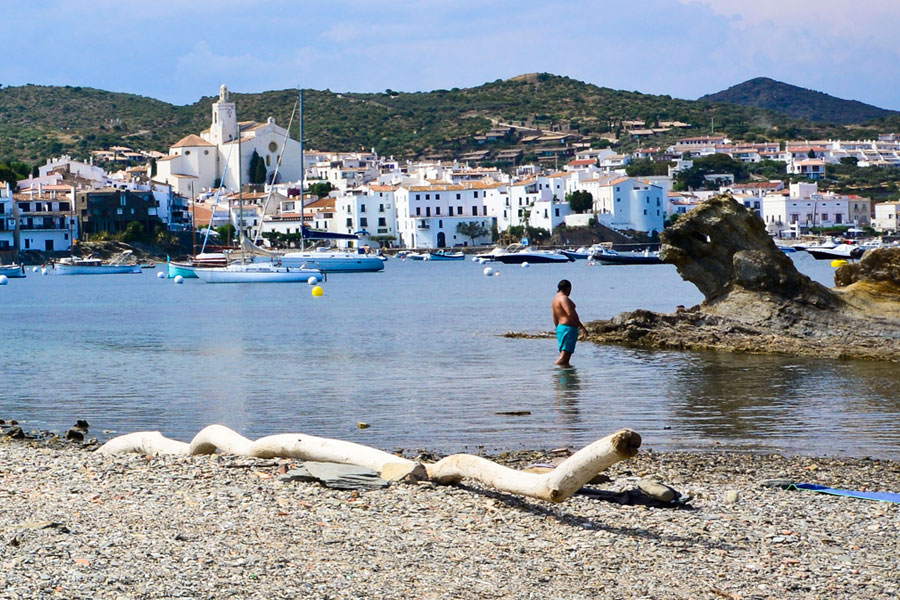
mbCDQ | 09 Nov 2019
Cadaques is not your typical ‘sun and sand' destination, and the village only actually has one sandy beach. The other beaches and coves around the bay of Cadaques are all pebbles, and some have relatively difficult access to the water. However, the locations can be pretty spectacular, and the water is often crystal clear and extremely clean, thanks to the regular Tramuntana wind which blow down from the Pyrenees and out to sea. Be aware that the sea here is colder than many other places in the Mediterranean. Here's our quick selection of the main beaches in and around Cadaques.
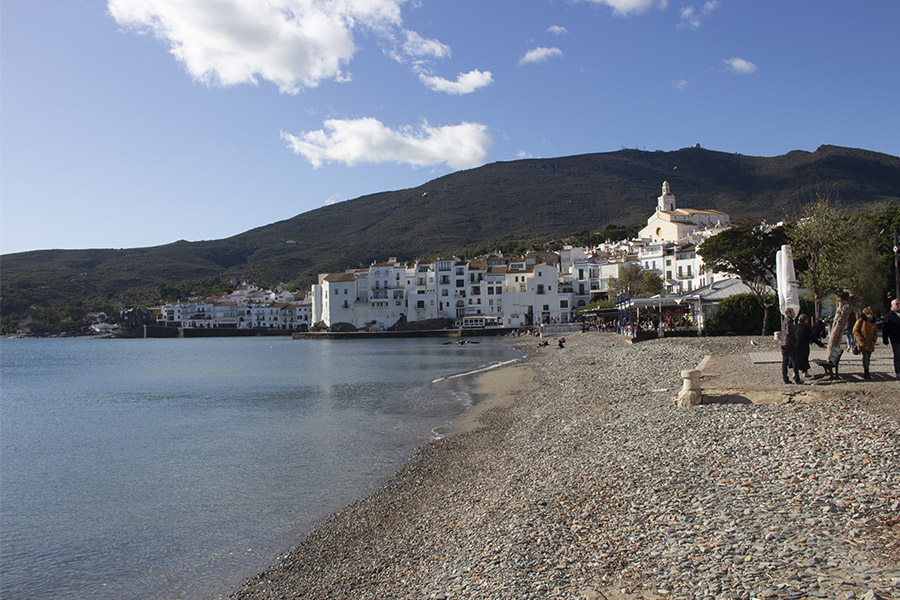
The main beach of the village and also the biggest. Very central and easy to enter into the water. Not the prettiest beach in the area, but convenient and safe for kids.
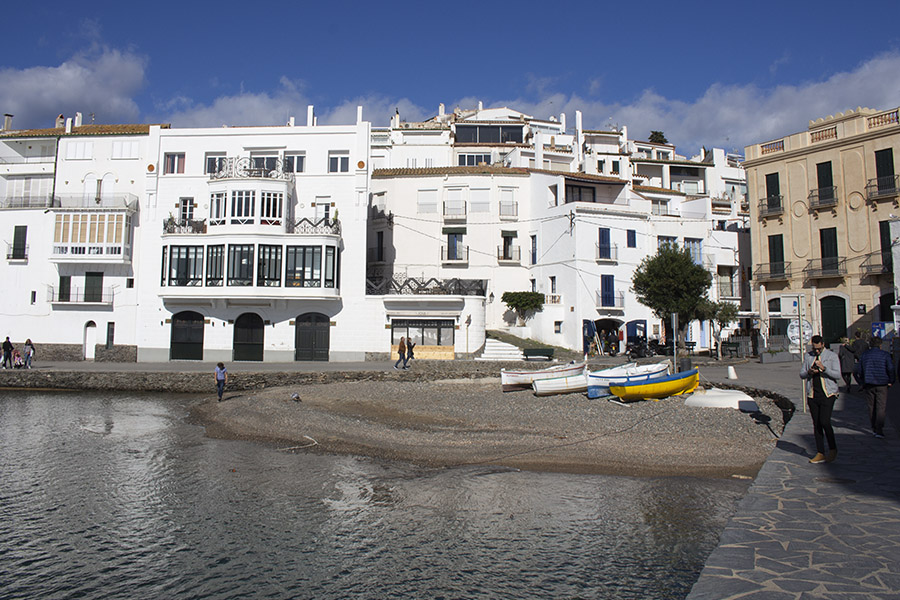
Not really a beach for sunbathing, Es Poal is used by recreational fishermen to launch their small boats, and is also a popular starting point for open-water swimmers (particularly in Spring and early summer before the boat traffic in the bay becomes too intense)
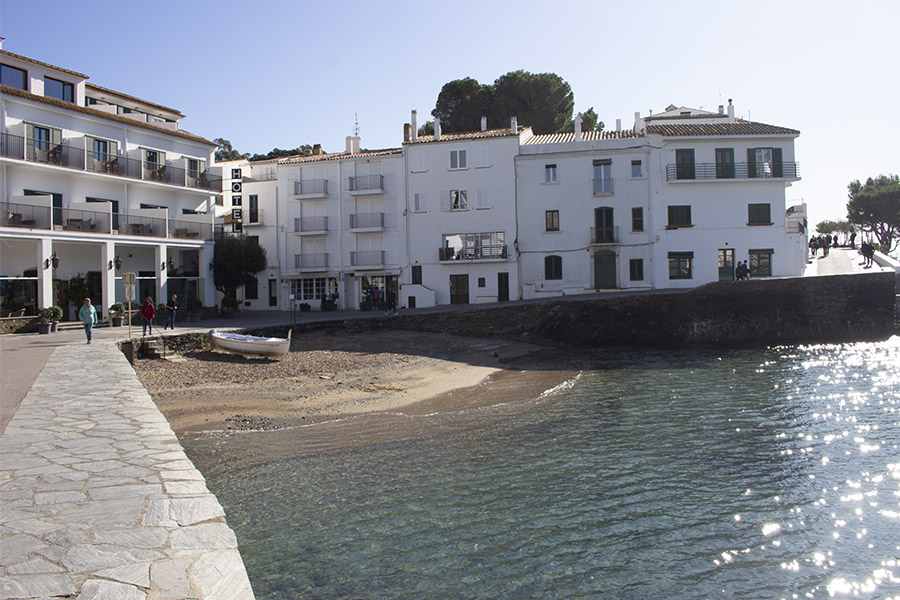
Slightly bigger and with more sand than the neighbouring Es Poal beach. If you're feeling lazy or only have an hour to spare, it's central location might make it an attractive option.

The busiest launching point for boats in the village. In early summer Ses Oligueras is a hive of activity as boats are brought out of their winter hibernation and put into the water. It's not a beach for sunbathing - which is much better done at the neighbouring Platja Ros - but it's worth checking out the two chiringitos immediately above the beach. The food at the first, Chiringito Ses Oligueras comes highly recommended by local people, while the welcome is always friendly at Chiringito Les Amics. The Catalan independence flag flying nearby gives an indication of the owners political tendencies!
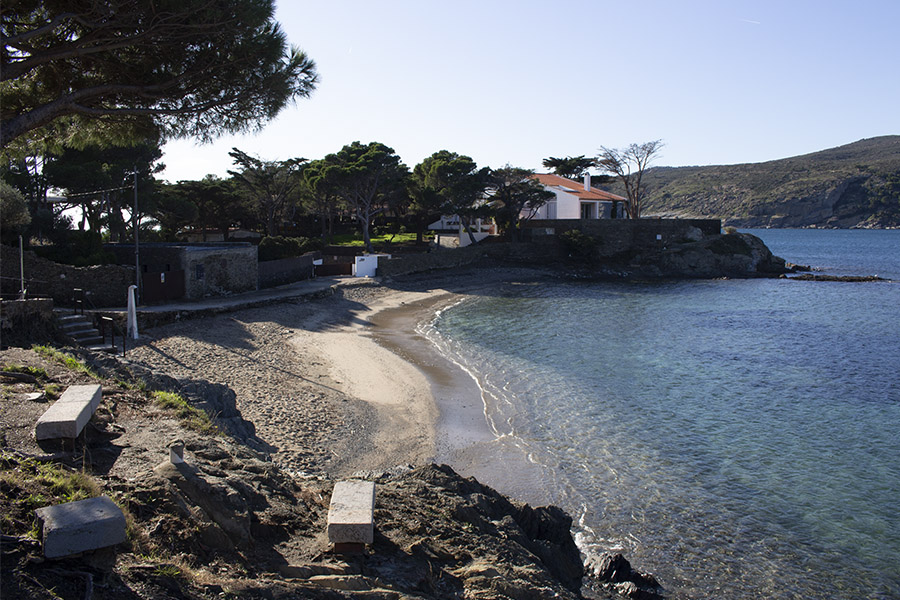
The only beach within the limits of the village which has sand. A 12-minute walk from the centre of the village. With a view towards the church, it is protected from sea winds and is very popular with young families. Shallow, clear waters make for a protected environment for small children. There is also a car park behind the beach.
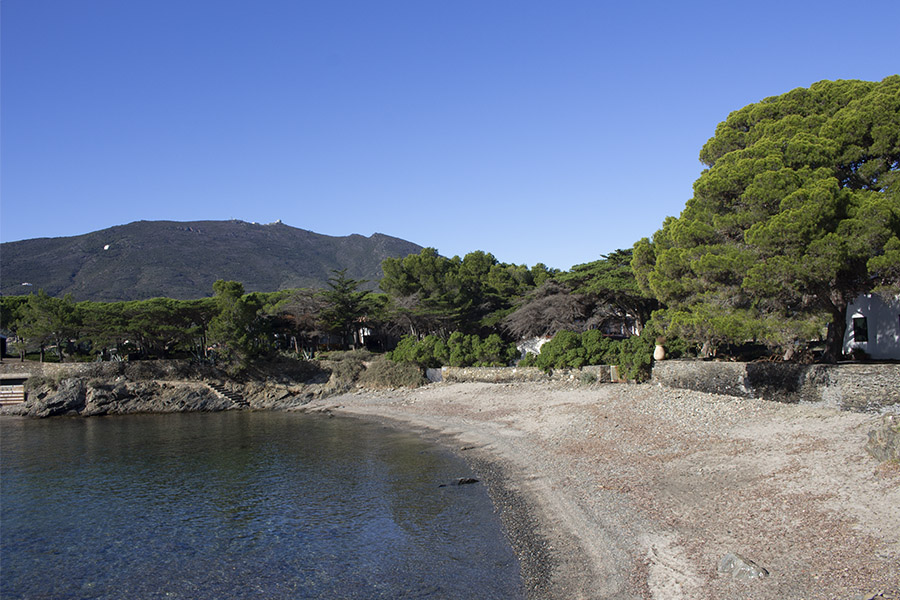
Immediately behind Platja Ros is the pebble beach of Perafet. Orientated to the north east it is a popular destination with locals on days with strong Tramuntana as it is largely protected from this cold and persistent wind. The cove is very shallow and the floor is rocky with occasional sharp stones, so it's not necessarily the best place for children or anyone with mobility problems. When there is no sea wind the cove resembles a swimming pool, with still, transparent water hemmed in by rocks on two sides.
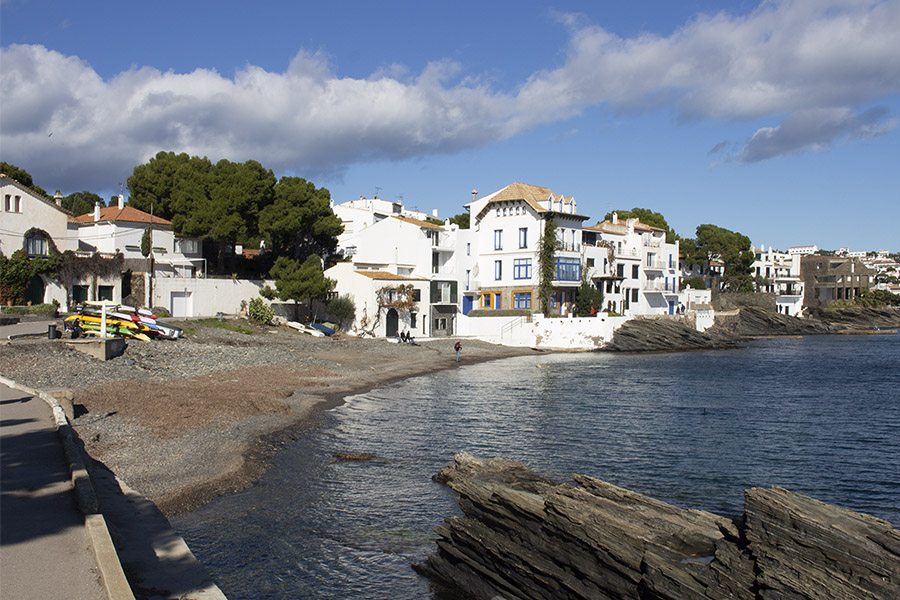
The first of the two 'Llane' beaches. A 5 minute walk from the town centre, Llane Gran is a probably the most sheltered of all the beaches in Cadaqués, enjoying protection from both the Tramuntana and the typical sea winds. At one end is the casa Samaranch, an imposing modernista mansion, while immediately behind the beach is the former house of the Dalí family. Fans of the artist may recognise the location from some well known photos of the artist and his sister taken in the 1920s and 30s.
Next to Llane Gran and significantly smaller, in summer the beach at Llane Petit is often lined with small white fishing boats. Walk across Llane Petit to take the rocky path which leads to the stone bridge and viewing point at Punta d'es Pitxots
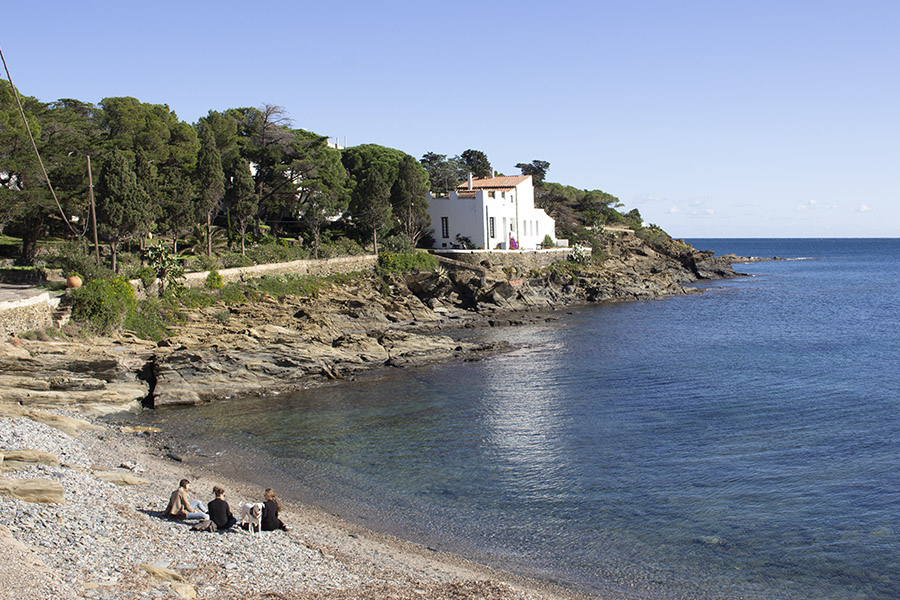
Sa conca is a medium sized, half-moon pebble beach where the seabed is quite rocky and care needs to be taken when entering the water. However, the setting itself, in a very narrow bay, is spectacular. The stretch of rocky shoreline on one side of the bay is very popular with nudists in all months of the year. On days with strong sea winds, debris and seaweed can get washed ashore, and ,in summer months, these winds may bring jellyfish into the bay, so it's worth keeping an eye out.
One of the prettiest beaches in the area, but not the easiest to get to. Take the path to Cala Nans from Sa Conca (35 minutes but with steep uphill and downhill sections)
As we've said previously, care needs to be taken around most of the beaches and coves of Cadaques.
A very common sight in the waters around Cadaques, stepping on one of these prickly deathstars can be really quite painful.
Pay attention to where you are treading. Rocks and stones can be extremely sharp and you will often cut the undersides of feet without really noticing. If you do venture into rockier waters, consider wearing a pair of rubber-soled shoes or, as a second choice, cheap plastic sandals.
Be aware than rocks can also be very slippery when covered in algae. Unfortunately every year a number of beachgoers slip on algae-covered rocks and end with multiple cuts and bruises from the resulting fall.
The water can be very cold. This is particularly true in late spring and early summer when the cold melt waters from the Pyrenees reach the Mediterranean and before the warmth of summer has really had a chance to affect the sea's temperature.
This is the Mediterranean so tides aren't a problem. Nor are their particularly strong currents in the bay of Cadaques itself. Be aware however that strong winds are a regular feature of the area. The sea wind does exactly what you'd expect it to (blow from the sea towards land), but visitors may be surprised by the Tramuntana, which sweeps down behind the village from the Pyrenees and blows from the land out to sea. When the Tramuntana is particularly strong, don't be surprised to see ‘reverse waves', heading away from the shore instead of towards it.

Everything you need to know about Cadaques from the best beaches in the area, to walking routes in the Cap de Creus Natural Park and advice for visiting the Casa/Museu Salvador Dali.
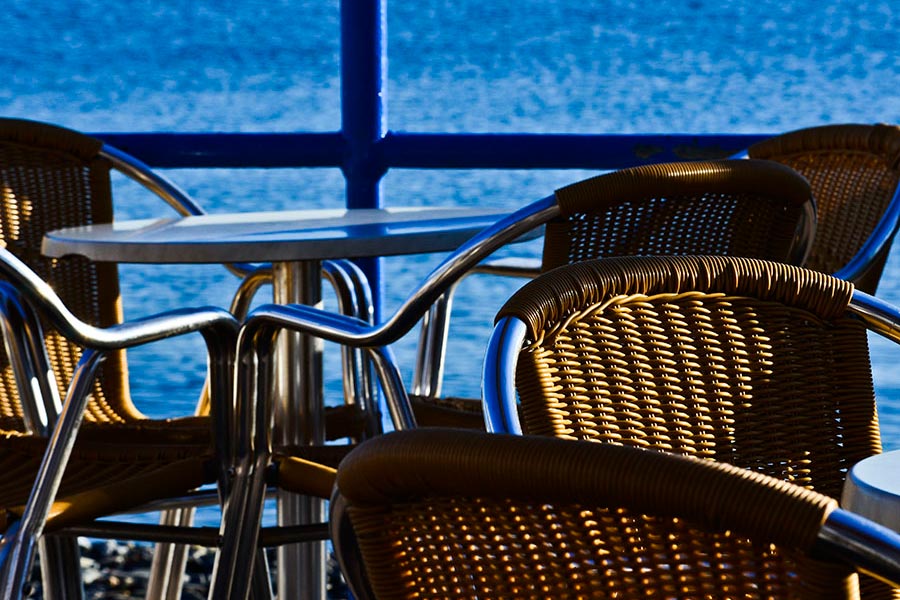
Our guide to the many restaurants and bars of Cadaques, Spain. From former hippy hangouts to live music venues and sophisticated waterside dining, there are more than 100 bars and restaurants to choose from.
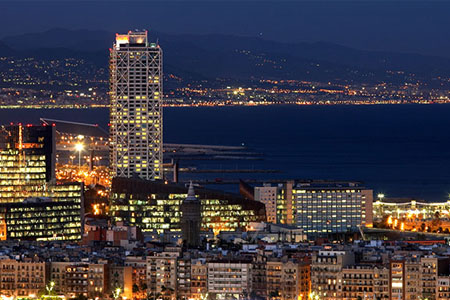
Why not set yourself up as an English teacher in Spain?

Free materials for teachers of English as a foreign language.
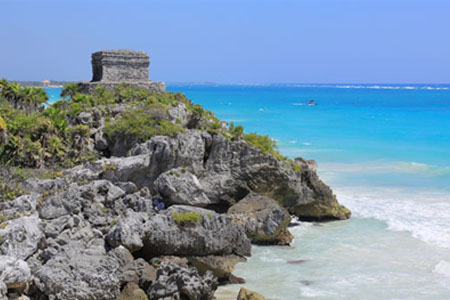
Learn the essential phrases you need for travelling in a Spanish-speaking country.